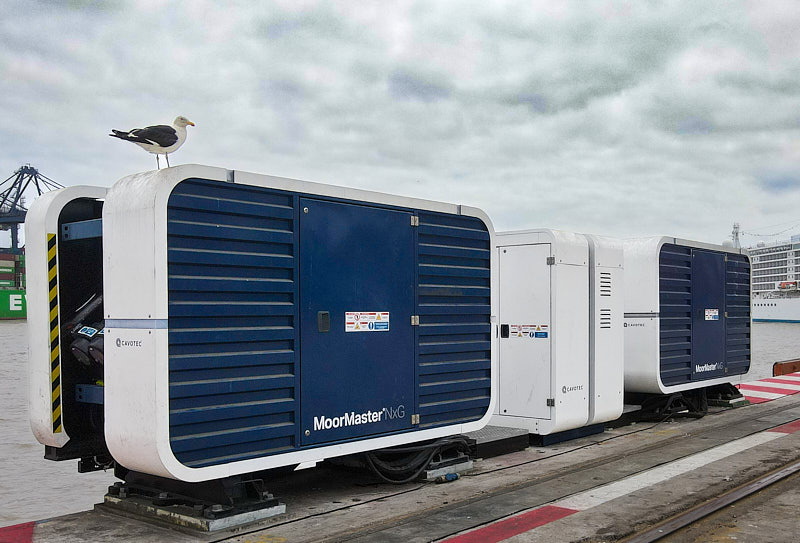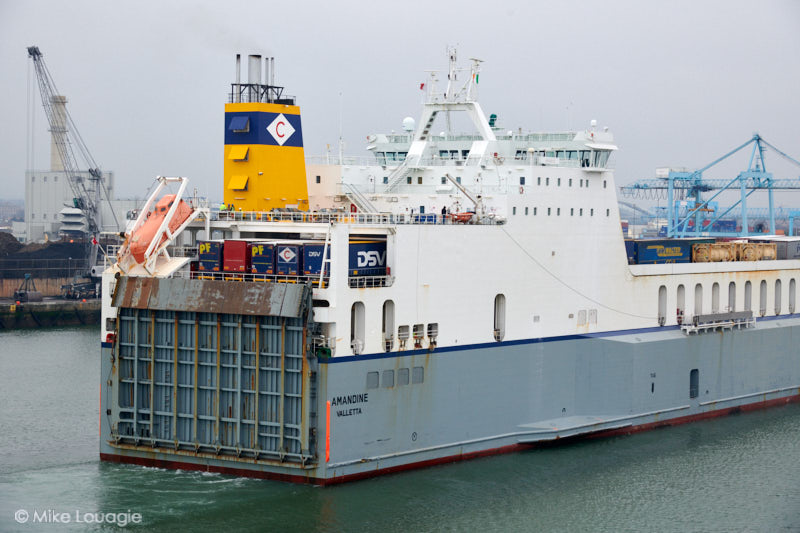Port Of Dublin Feels The Effect Of Brexit
Commenting on the Q1 2021 figures, Dublin Port’s Chief Executive, Eamonn O’Reilly, said:
- Brexit was the main cause of a very weak Q1 with overall cargo volumes back by 15.2% However, it is too early yet to say what the long-term effects of Brexit will be.
- Optimism: landbridge will re-establish itself as a fast and cost-effective option for the movement of time sensitive goods to and from Continental Europe in the months ahead. (with P&O and Irish Ferries both on Irish Sea and Calais-Dover).
- Worries: “Back in 1990, before the Single European Market was established, more than a third of Ro-Ro trade chose services to and from Northern Irish ports rather than use services in and out of Dublin Port. We won’t get a proper sense until later in the year as to how much of the 29% decline we have seen in GB RoRo trade is due to the new border regimes and whether this dislocation will be a permanent feature for the years ahead or not.”
- Positive: +18% in Ro-Ro and Lo-Lo volumes on direct services with Continental Europe. the capacity needed for the changes in demand patterns which Brexit has caused.
- Conclusion: “If we do see a sustained step change downwards in volumes on routes to GB because of Brexit, I expect that the pivoting of trade from GB to Continental Europe will, in time, re-establish the long-term growth trends we have seen in Dublin Port for many decades.”




